Do you have a Griswold cast iron skillet and want to know its age or how to identify it using Logos? In this article, you can learn to date and recognize your Griswold cast iron using markings and logos.
I will focus on the dates and logos for collectible cast iron skillets manufactured by Selden & Griswold and Griswold Manufacturing Company between 1873 and 1957.
Table Of Contents
- Selden & Griswold cast iron
- Erie cast iron
- Griswold cast iron skillet logos.
- Victor cast iron
- Iron Mountain
- Good Health cast iron.
- Best Made skillets
- Puritan cast iron
- Merit cast iron
Learn To Date And Identify Your Griswold Cast Iron.
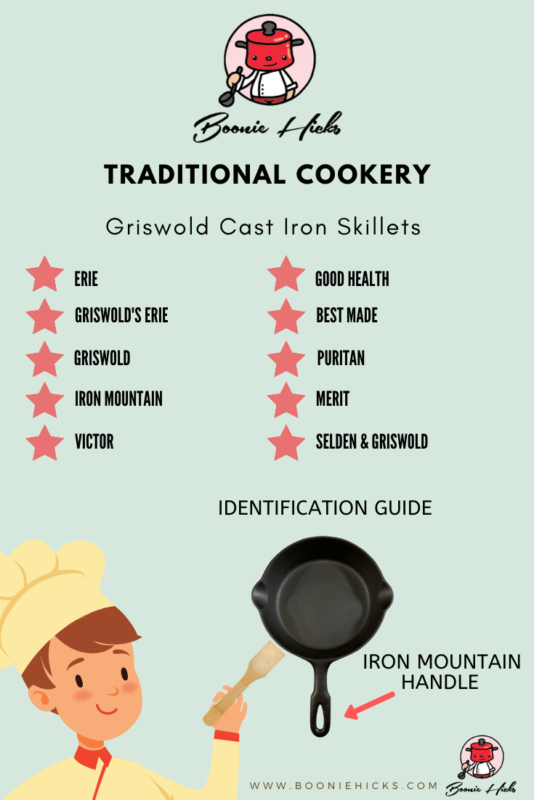
Griswold Manufacturing Background
Origins | Griswold Manufacturing Company dates back to 1868 when it was a small operation making door hinges. |
Selden & Griswold Manufacturing Company (1873-1884) | The Selden and Griswold family business became the Selden & Griswold Manufacturing Company. |
Griswold Manufacturing Company (1885-1957) | The company grew to one of America’s largest and most respected cast-iron manufacturers of the 20th century. |
Reasons For Collectibility | Cast Iron collectors highly regard Griswold cast iron skillets, and they are sought-after because of their smooth cooking surfaces and lighter weight. |
Desired And Rare Skillets | Look out for the first series of Erie and Erie Spider skillets. These two skillets stand out as the most sought-after by collectors. Also, rare sizes such as the Griswold #13 and #20 do not come up for sale often, but these large skillets can sell for a handsome sum when they do. |
| Most Valuable Griswold Skillets | The Erie Spider and Griswold 13 can cost a pretty penny. But the most valuable Griswold skillet is your family skillet. Family skillets vary in size and condition and have various logos. However, they are the most treasured and loved family heirlooms. |
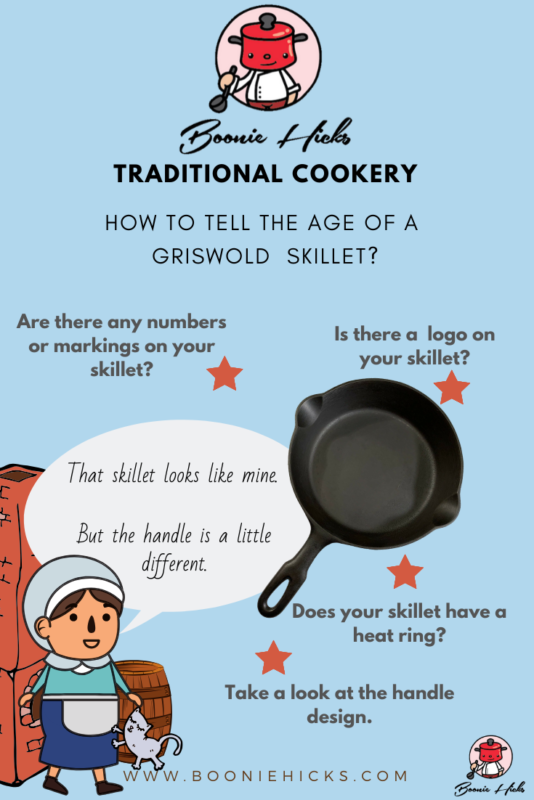
Selden & Griswold Cast Iron 1873-1884
Matthew Griswold and two brothers from the Selden teamed up and started to make door hinges in 1868. Their factory was known as the Butt Factory, named after the door hinge (butt hinge) manufactured in the casting works.
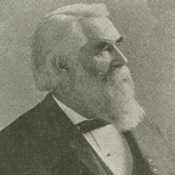
Selden & Griswold started to manufacture hollowware in 1873. But most of the cookware with this logo was probably made in the 1880s. Even though Mathew Griswold bought out the company in 1884, he still used the Selden Griswold logos.
After all, Griswold would have taken a lot of time and money to register new patent designs. And to make new molds. Check out our other article to learn about the history of Griswold Manufacturing. Wikipedia also has some information on Griswold. Although I hope my article is a little more detailed.
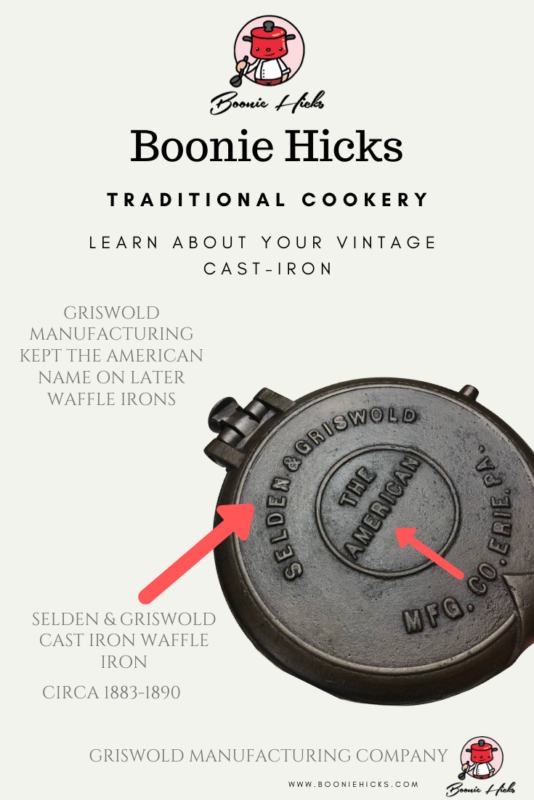
How Old Is My Griswold Cast Iron Skillet? Logo Approximate Dates
“Erie” Logo | Made around 1880-1907 |
Griswold’s Erie (Griswold diamond logo) | Circa 1884-1910 |
Style changed Griswold’s Erie | Circa 1905-1906 |
Griswold introduced a new logo design known as the circle cross logo. Slant Logo | With heat ring circa 1906-1916 |
Slant Logo With E.P.U. | Circa 1906-1929 |
Slant Logo Without Erie | No Erie under logo circa 1909-1920 |
Griswold With Large Block Logo | Without italic lettering, 1920-1930 |
Large Block Logo (Without Heat Ring) | Circa 1930-1939 |
Griswold Large Slant Logo (Without Heat Ring) | 1939-1944 |
Small Block Logo | Notable reduction in logo size. Circa 1939-1957 |
Erie Cast Iron (Approximation Date 1880-1907)
Erie cast iron is one of the most sought-after vintage cast iron brands you can collect. Griswold used this logo between 1880 and 1907.
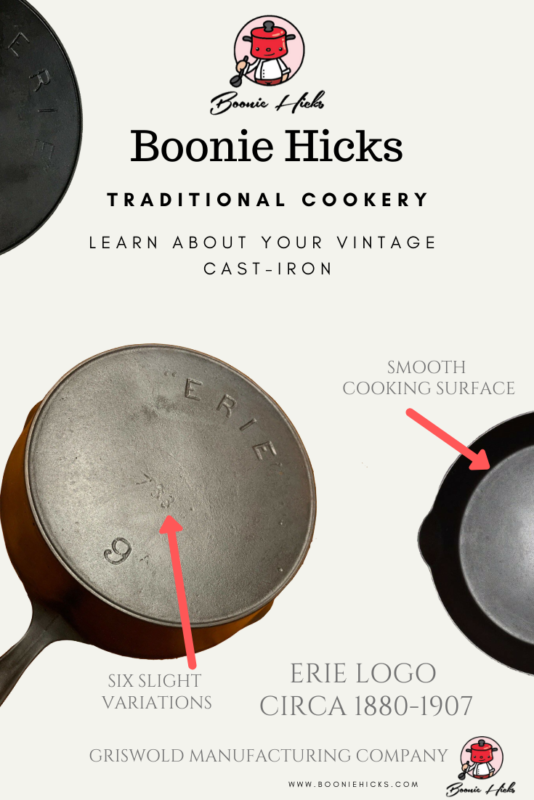
Erie cast iron skillets are very thin and light. Because of this, they are more prone to warping. So when you buy an Erie online, ask the seller if the skillet rocks or spins. That said, I would not look past an Erie skillet just because it has a little movement.
Erie skillets are also known to be super smooth and are often priced similarly to other vintage pans.
Some foundries used Erie skillets as a template to make their molds. So you may find Sidney Hollow Ware and Wapak Skillets with an Erie ghost mark.
If you have an Erie skillet, you can further break the Erie logo into six different variations. The Wagner and Griswold Society has an article on the markings and variations of the Erie skillets.
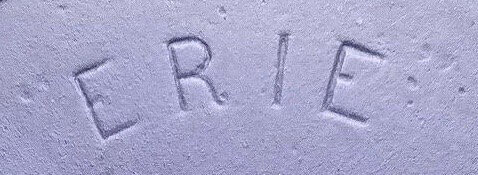
Diamond Logo
Look at the back of your cast iron Griddle, and if you see a diamond logo. Then it is your lucky day. The Griswold Diamond logo is an early logo that is more scarce than other logos.
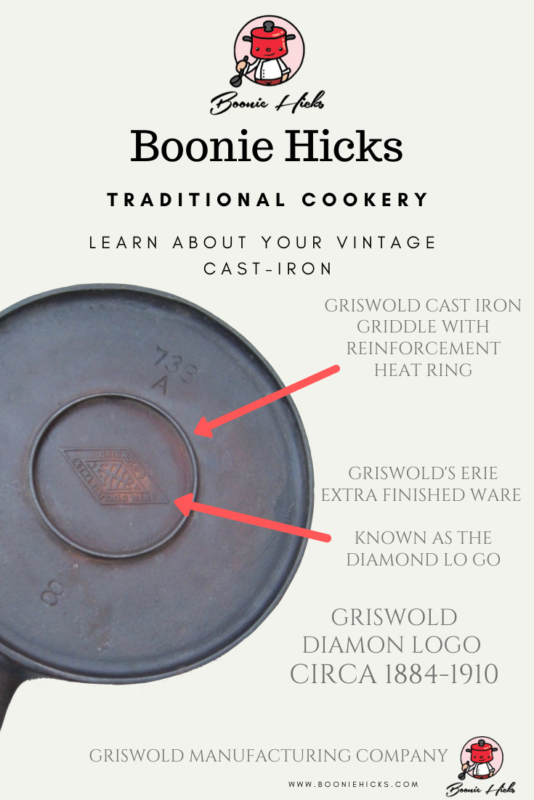
Griswold manufactured griddles with this logo circa 1884-1910. The logo is in the center of the backside. Unfortunately, the center is an area often damaged by sulfur pitting.
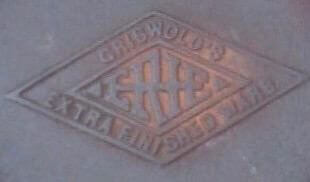
Griswold’s Erie Trademark
Griswold used this logo somewhere between 1905-1909. There are conflicting dates, so I used a conservative timeline. Since Griswold used the Griswold’s Erie logo for a shorter time, these skillets can be harder to find.
The Griswold’s Erie logo is the first Griswold logo. It transitions from previously used Erie logos to Griswold logos. However, Griswold’s Erie logo shares similarities with Erie skillets.
Sizes
Look for Griswold’s Erie skillets between sizes 6-9 and 11 to 12.
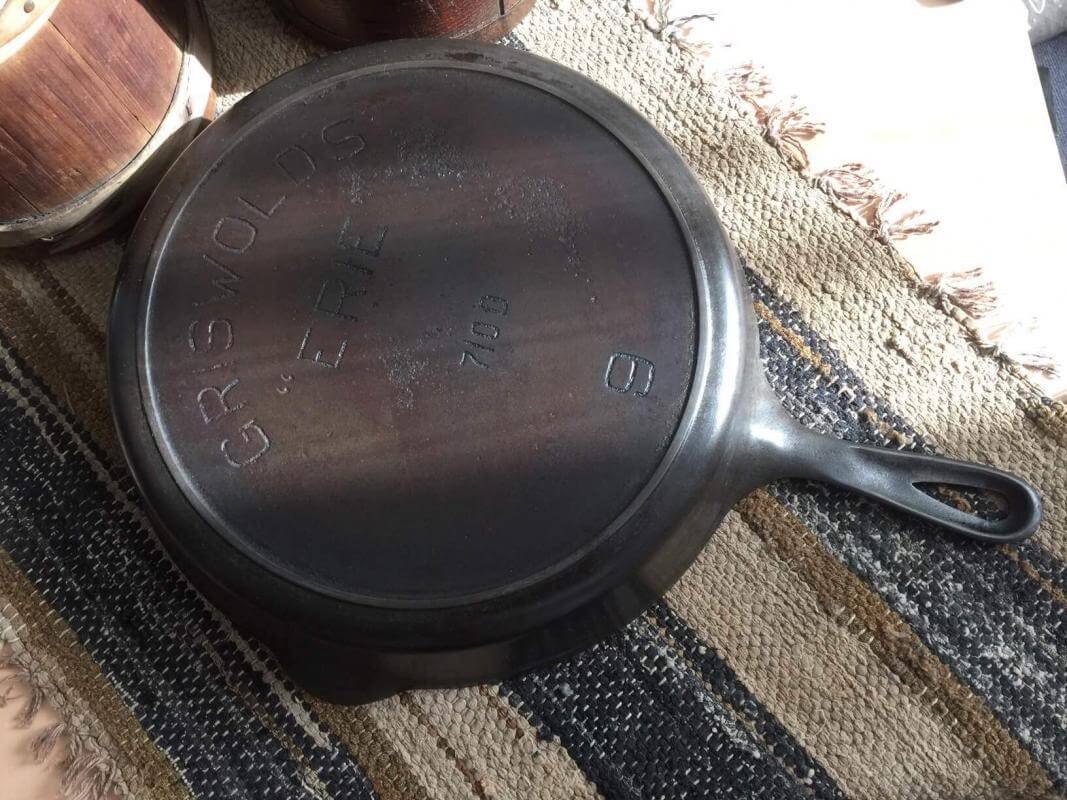
Griswold Slant Logo With Heat Ring And No E.P.U.
The slant logo is the first of the famous Griswold skillet logos. The Griswold Manufacturing company used the Slant trademark from 1906 to 1916. these dates give a slightly broad timeline, and cast iron enthusiasts would narrow this timeline down.
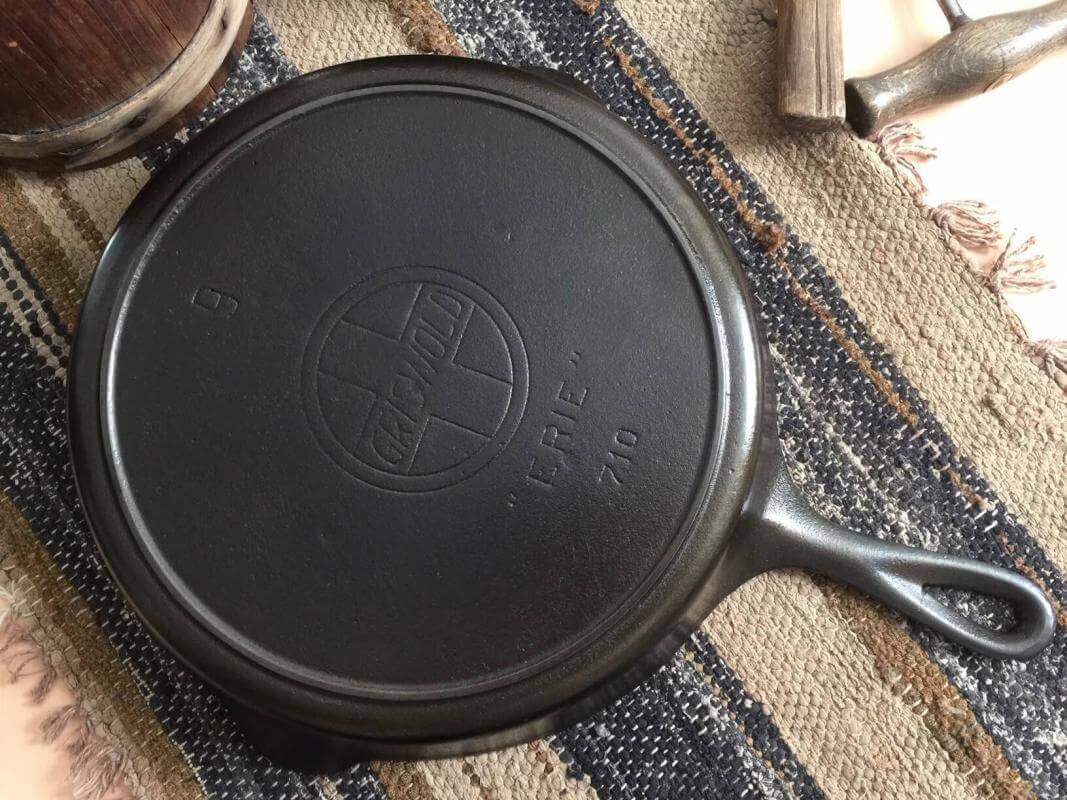
The Griswold slant logo is easy to recognize with the word Griswold in italics. Also, the Slant logo has characteristics that differ from Erie and Griswold’s Erie skillets.
Changes Griswold Made On Their Slant Logo Skillets.
- The size number on the base of the skillet moved from the 6 o’clock to 12 o’clock position.
- The word Erie is below the Griswold logo. The early Erie skillets have the marking at 12 o’clock.
- The pattern number moved from the center of the skillet to 6 o’clock on the skillet to make room for the Griswold circle cross logo.
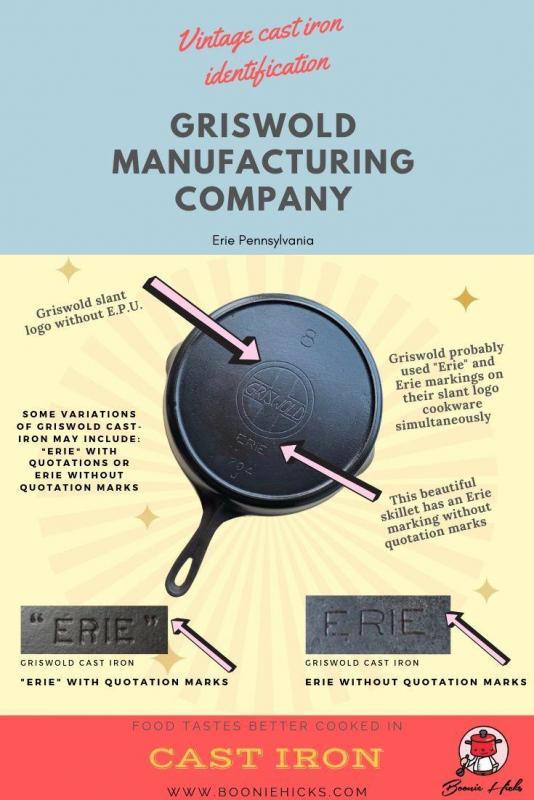
Griswold Slant Logo Sizes
Slant logo sizes range from 1-14. The largest skillet with the Griswold Slant logo is #14. A Griswold #13 slant logo can cost thousands of dollars to the serious collector. The skillet has to be in excellent condition to achieve this price.
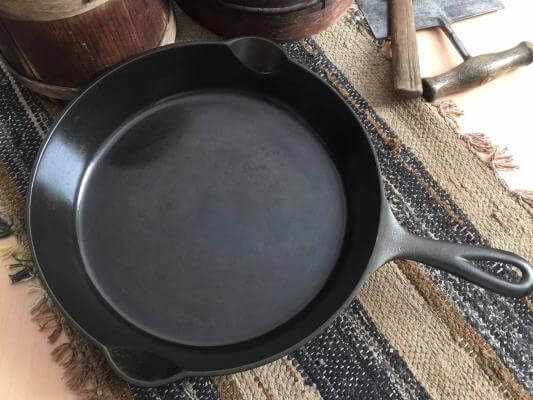
Griswold Slant Logo With E.P.U. And Heat Ring
The Griswold slant trademark changed to add the words cast iron skillet in an arc at 12 o’clock on the skillet. The E.P.U. refers to the wording Erie PA., U.S.A., on the skillet.
The slant logo, however, remained the same. Again, I cannot pinpoint the exact date of manufacture of the Griswold slant logo with E.P.U. If you have a Griswold slant logo with E.P.U., the manufacture date is around 1909-1929.
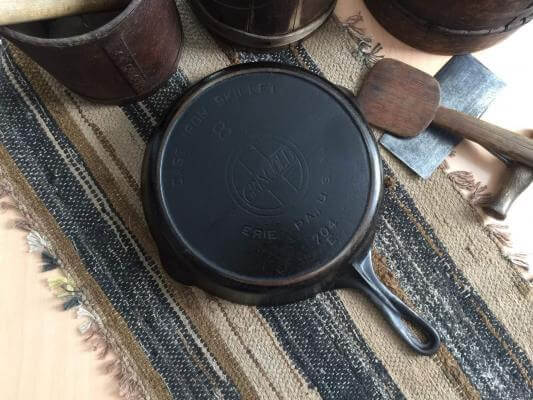
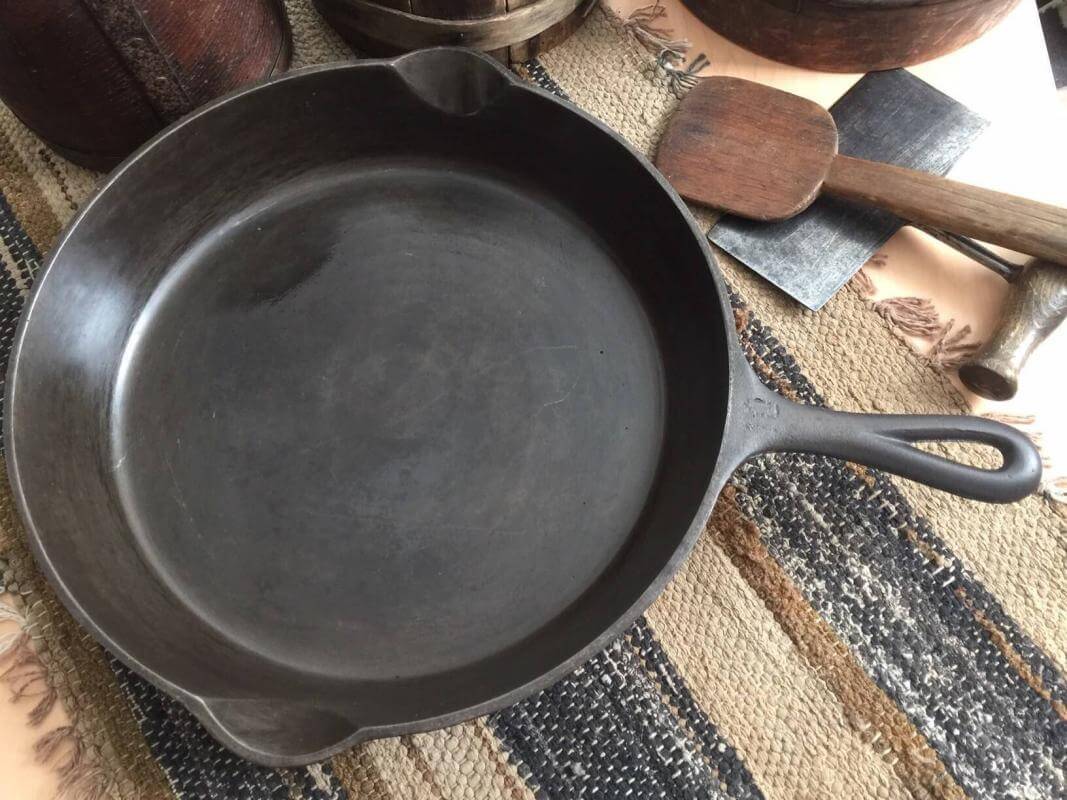
Slant Logo Without Erie Marking
I have only seen this trademark used on a few Griswold cast iron skillets. It seems to be quite rare. The logo is the same as the Slant logo without the E.P.U. wording on the skillet. This logo also omits the marking Erie.
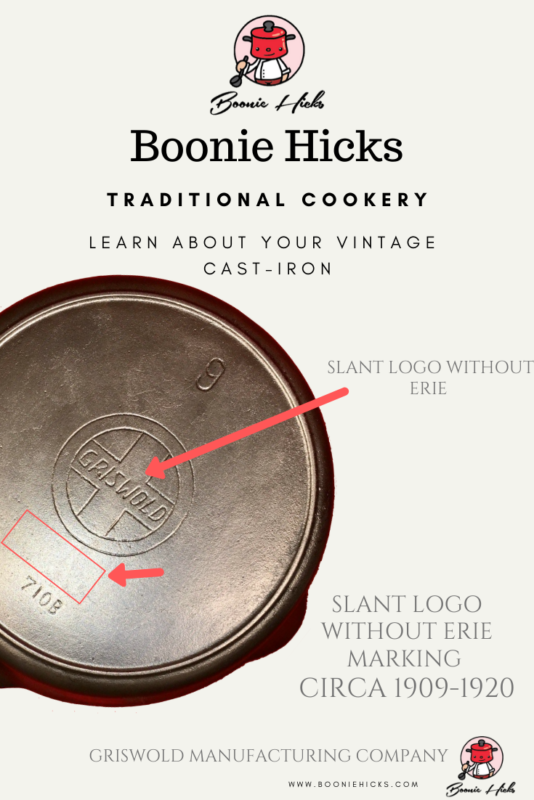
Griswold cast iron skillets without Erie marking have a manufacture date of around 1909 to 1920.
Sizes available: I have only seen the large slant logo without Erie on size #9 skillets. I do not know of other skillet sizes that came with this logo.
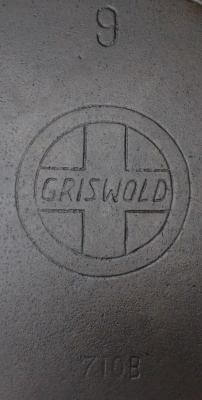
Large Block Logo (With Heat Ring)
The large block logo is one of the more popular markings or trademarks. It is known as the Griswold block logo. The block logo is very similar to the Slant logo. However, the word Griswold is no longer in italics. Griswold is in straight-block lettering.
Skillets with the block logo are circa 1920 and 1930. Griswold also manufactured a wide range of sizes ranging from 0 to 14. However, Griswold Manufacturing also made a number 20.
The Griswold #20 is a massive skillet and can cost a pretty penny online. It is called the Griswold Hotel Skillet.
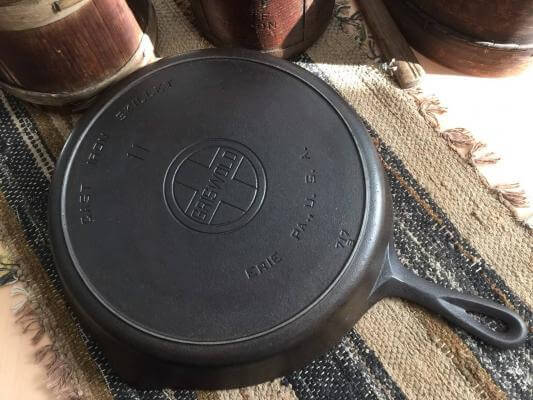
Large Block Logo Without Heat Ring (Smooth Bottom)
Griswold also put the large block logo on cast iron skillets with a smooth bottom rather than the familiar heat ring. However, the sizes were more limited. Look out for sizes between 2 and 10 to collect a complete set.
Smooth bottom skillets are not as sought-after to collect as skillets with heat rings. So you can expect to pay less for a Griswold without a heat ring.
Why the change? Cookware with heat rings was for use on wood or coal ranges. However, with the introduction of electric cookers, cast iron cookware with heat rings slowly gave way to cast iron skillets without heat rings.
Do you want an excellent old skillet without the price tag of highly collectible pieces? Then, using a skillet with the Griswold Large Block trademark could be a great option.
Griswold made skillets with the large block logo and a flat bottom between 1930 and 1939.
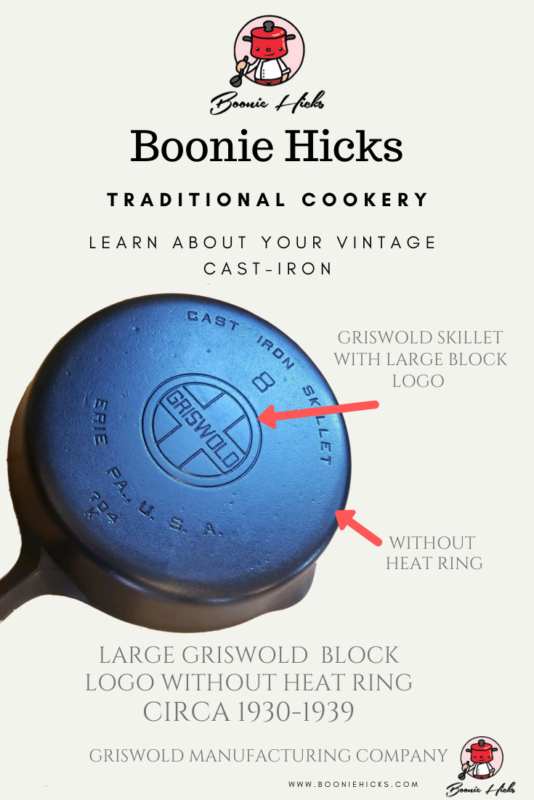
Griswold Slant Logo Without Heat Ring
Griswold also used the Slant logo on smooth bottom pans.
However, slant logos on skillets without a heat ring are not as common as skillets with a heat ring. These pieces sell at a similar price to a smooth bottom Griswold with a block logo. Griswold made these skillets between 1939-1944.
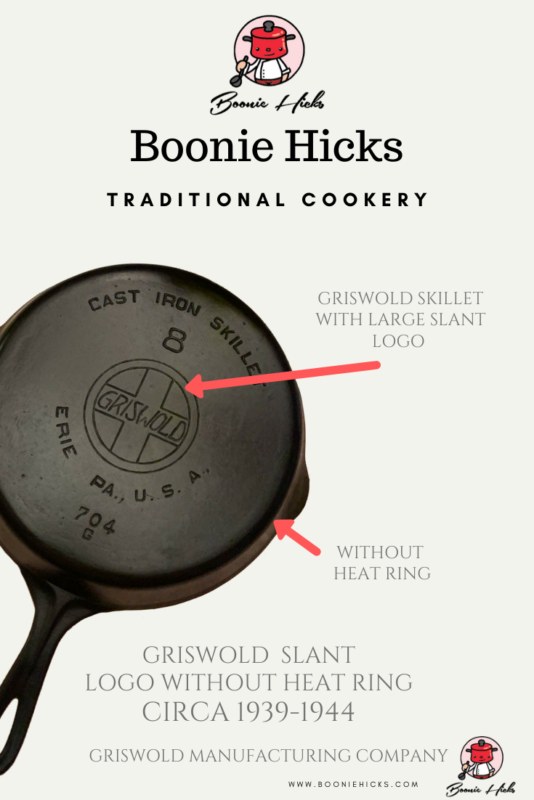
Small Block Logo.
The Griswold Small Block marking is not as collectible to cast iron enthusiasts, but they are still fantastic skillets. Griswold drastically reduced the size of the logo, and skillets came without a heat ring. Skillets lost much of their character. But there are some beautiful skillets around with the small block logo.
Watch out for sellers pricing these skillets at high prices because you can expect to pick up a skillet with the Griswold small block logo at a lower price than more collectible skillets.
That’s not to say the small block skillets are any good. But the small block logo is not as collectible so that you may pick a good skillet at bargain prices.
The Small Block logo is from circa 1939 and 1957.
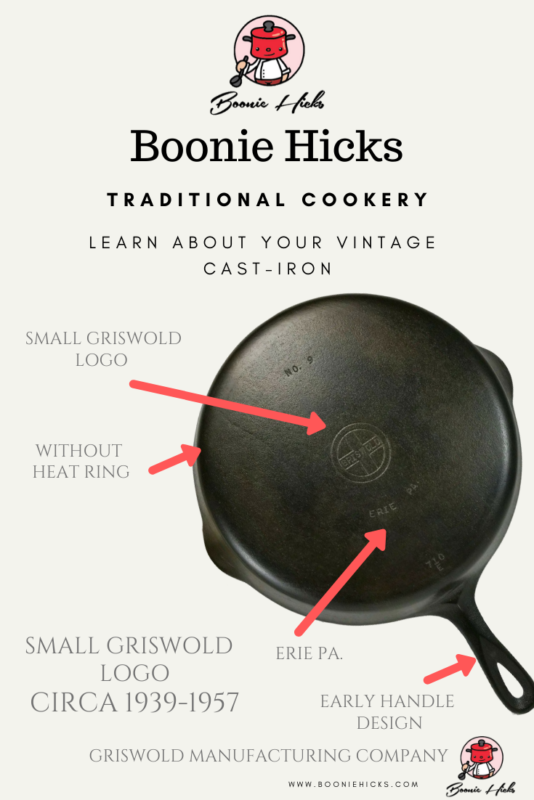
Do you have a skillet with a small block logo? Then check out this article. You will learn three different handle types to estimate the age of your skillet better.
Griswold Manufacturing’s Big Brands Were Erie And Griswold. But They Also Made Cast Iron Cookware Under Different Brands.
The Griswold Manufacturing Company, like other foundries, made a lower-grade range of cast iron cookware and was more budget-friendly.
Griswold Manufacturing Budget-Friendly Line.
Victor | Circa 1890s to the 1930s. |
Iron Mountain | Circa 1930s-1940s. |
Victor Cast Iron is A Budget-Friendly Brand Manufactured By Griswold.
Victor was a budget-friendly line of cast iron. Griswold made Victor Skillets between the 1890s and 1930s. The logo has also changed over the 50 years, with Victor at the 12 o’clock position like Erie skillets. However, the Victor logo on the cast iron skillets became embellished over the years.
Griswold Manufacturing marketed Victor cast iron as a lower grade. But this does not mean lower quality. The skillets still have super smooth cooking surfaces.

Do you have a piece of Victor ironware? I have written an identification guide to estimate the age of your pan. Click on the link to learn more.
Iron Mountain
Griswold made another lower-priced range of cast iron known as Iron Mountain. Unlike other cookware made by Griswold Manufacturing, the Iron Mountain range does not have a logo or trademark on the ironware. Without any markings, it is harder for non-collectors to identify the skillets.
But there are a few characteristics that the Iron Mountain skillet series has that can identify them. Look for a rectangular hole in the handle.
Griswold made Iron Mountain cast iron between the 1930s and 1940s. Since Iron Mountain cast-iron was a budget line, it is probably not a surprise Iron Mountain skillets have a heat ring for use on older wood and coal ranges.
.
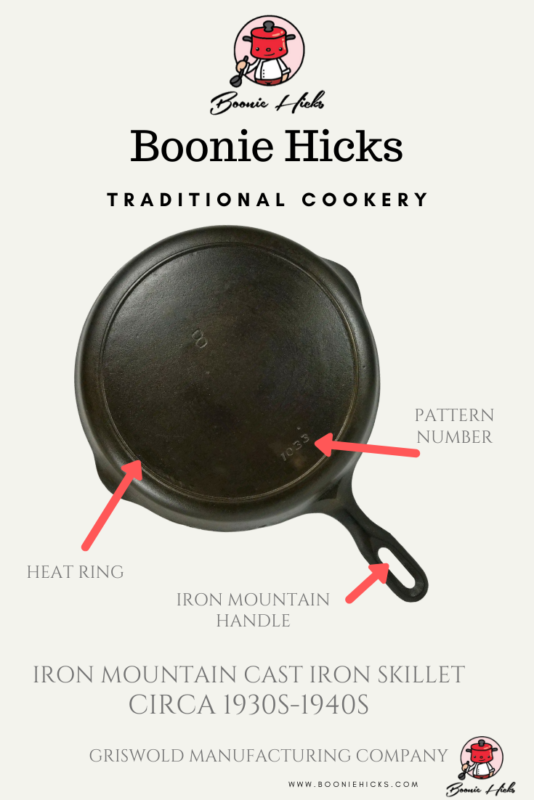
Griswold Manufacturing Made Skillets For Other Companies.
Sears contracted with Griswold Manufacturing Company to make cast iron cookware for their department stores. The Cast Iron Collector also has information on cast iron store brands. Griswold store bands that included.
Store brands manufactured in the Griswold foundry.
Best Made | Manufactured in the 1920s |
Puritan | From the 1920s to the 1930s, Griswold Puritan cast iron had a pattern number at 6 o’clock. If you have Puritan cast iron, click the link to learn more. |
Good Health | Made from the 1920s to 1930s |
Merit | Circa 1920s-1940s |
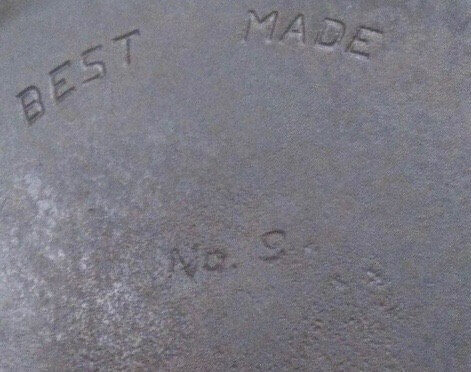
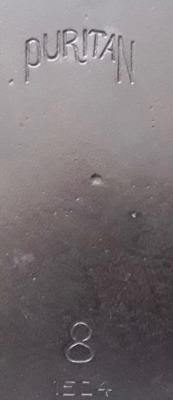
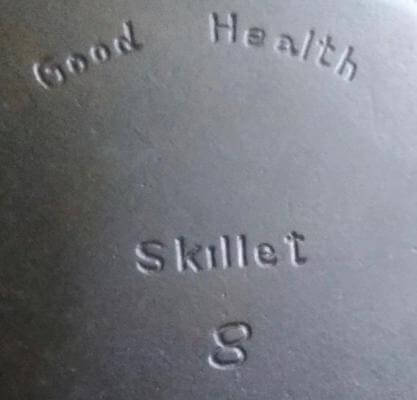
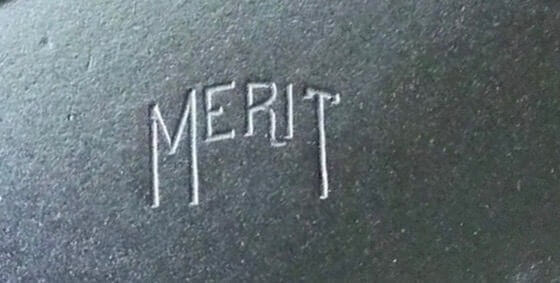
Griswold Skillets Are Great, But Take Your Time Buying One.
Suppose you have a Griswold Cast iron skillet. Then you should be one proud owner. Many pay a premium for Griswold cast iron skillets. However, the word is out Griswold to the name to collect. And some sellers are asking hefty prices. Just take your time if you want to buy one of these beauties.
Griswold Made Other Brands.
Do you have an Erie or a Griswold? Then you have yourself one fine skillet. But the store brands and the Iron Mountain range are good as well. Even though smooth bottom skillets are not as collectible, many prefer them on modern hobs.
There is good reason Griswold has the reputation of making some of the best antique cast-iron you can cook with.
Enjoy your skillet.
Helpful Articles For Further Reading On Griswold Cast Iron.
Once you have finished reading this article, I have written beginner’s guides to Griswold skillets. To help non-collectors use and enjoy their Griswold ironware.
- Where are the best places to buy Griswold ironware as a novice?
- How can I spot faults in the skillet and avoid overpaying?
- Is my antique skillet worth anything?
- Should I buy a Griswold cast iron skillet?
If You Have Enjoyed This Article, Check Out My Other Articles On Vintage Cast Iron.
- Wagner Wagner was Griswold Manufacturing’s main Competitor.
- Wapak Hollow Ware used Erie skillets for templates for their cast iron skillets.
- Favorite Stove And Range made excellent cast iron. Favorite Piqua Ware, in my opinion, is equal to Wagner and Griswold.
- Sidney Hollow Ware is one of my favorite makers. They also made their cast iron extremely light.

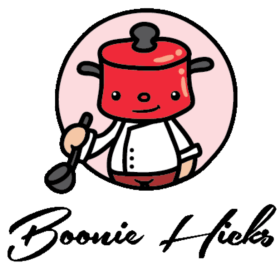
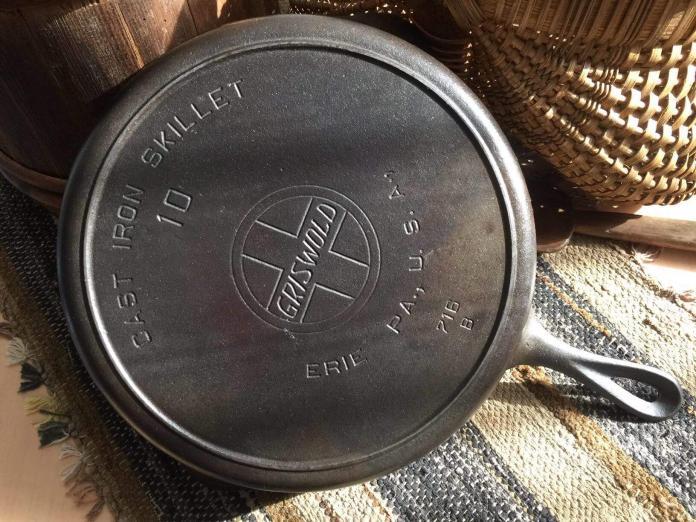
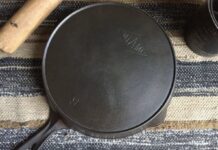
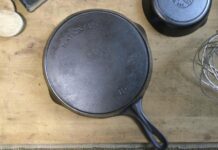
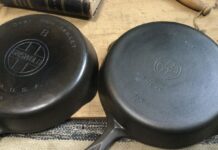



Thank you for clarifying the origins of skillets that lack the “Erie, PA” marking. I have a No. 4 like this, and it also lacks a pattern number but instead says “7-inch skillet”.
This skillet has thicker side walls than my other Griswold skillets, resulting in a heavier overall construction, and the markings on the bottom are not as deep or well-formed as the older ones.
Overall, it’s not as nice a skillet as the others, and I was very interested in finding out why. Now I know. Thanks.
Thanks for letting me know you could find the information you were searching for. That’s awesome.
So, I bought a Griswold skillet at a yard sale, and when I got it home, I realized it was never seasoned or used. I used your guide and found this skillet is likely between 1949 and 1957. But anyway, is it unusual to find one that has never Been used, or is it a rare find?
It sounds like the skillet is in great shape. Congratulations on your purchase.
I wouldn’t say it’s uncommon to find an almost unused vintage pan, but rather a lucky find. Sometimes, skillets come up for sale with the original label still attached.
Have fun using your skillet.
Great article! I work at a thrift shop and we recently received a no 9 skillet marked Griswold’s “Erie” in letters not in a diamond. It appears to have been plated at least on the outside, with a silvery metal. Is that possible? Is there a best place to try to sell it if it is in fact rare?
Hi Maria
Thanks or getting in contact.
The Griswold’s Erie is scarce logo design due to the short manufacturing period. If the pan has a high silver like sheen it is likely nickel plated. Nickel plated pieces with an even covering over the pan can command very good prices from collectors. Although the buyer pool is more limited with many collectors preferring regular iron skillets. If you wanted to sell it eBay is probably the best option.
Good luck
I have a GRISWOLD ERIE #4 that looks like a Scotch Bowl….but mine has a very neat looking (professional) small drill hole in the center. I read somewhere it was used to make bread and the tiny hole allowed steam to escape. Do you think this is correct?
Hi Patty thanks for getting in touch.
You could be correct as to the purpose of the hole, And I have a few Dutch Ovens with a hole in the lid to allow steam to escape. However, I’m almost positive the hole was drill by a previous owner, and isn’t factory original.
It’s fun to imagine why they did this.
I’ve heard that if the pan was ever used to melt lead then a hole was drilled so it wouldn’t be able to be used for cooking again. I would test it for lead before trying to cook or bake with it.
So what about a plain “ERIE” skillet? I see them listed as early 20th century on other webpages, the sixth variant, but I don’t see it on here.
It looks closest to the top image. It just says “ERIE” and a number 8, with a tiny little diamond mark centered under the Erie label. There is a small ring around the outside of the base, quite thin and shallow. And that’s it. It was all rusty line it had been left outside for years, but it cleaned up very nice and smooth.
I thought it was just some cheapo garbage pan because it was so thin and light, and so I lot a few scuffs in it with a grinding wheel when I got impatient cleaning it up. They won’t show once it gets used a bit, but I wouldn’t have done it if I had realized it was an antique.
Hi Sam
I need to gather more information on the Erie variations before writing a guide. But the diamond marking strongly suggests a series two skillet. Series two doesn’t not have a three digit pattern number in the center of the pan. So you could have an early pan.
Erie skillets are highly collectable. And you have already alluded that using grinding wheel on the skillet wasn’t the best restoration method. So you are correct, as grinding greatly diminishes the value and collectability of the pan.
However, it sounds you’ve already learned a lot, so I’d say that’s a win. Enjoy your antique Erie.